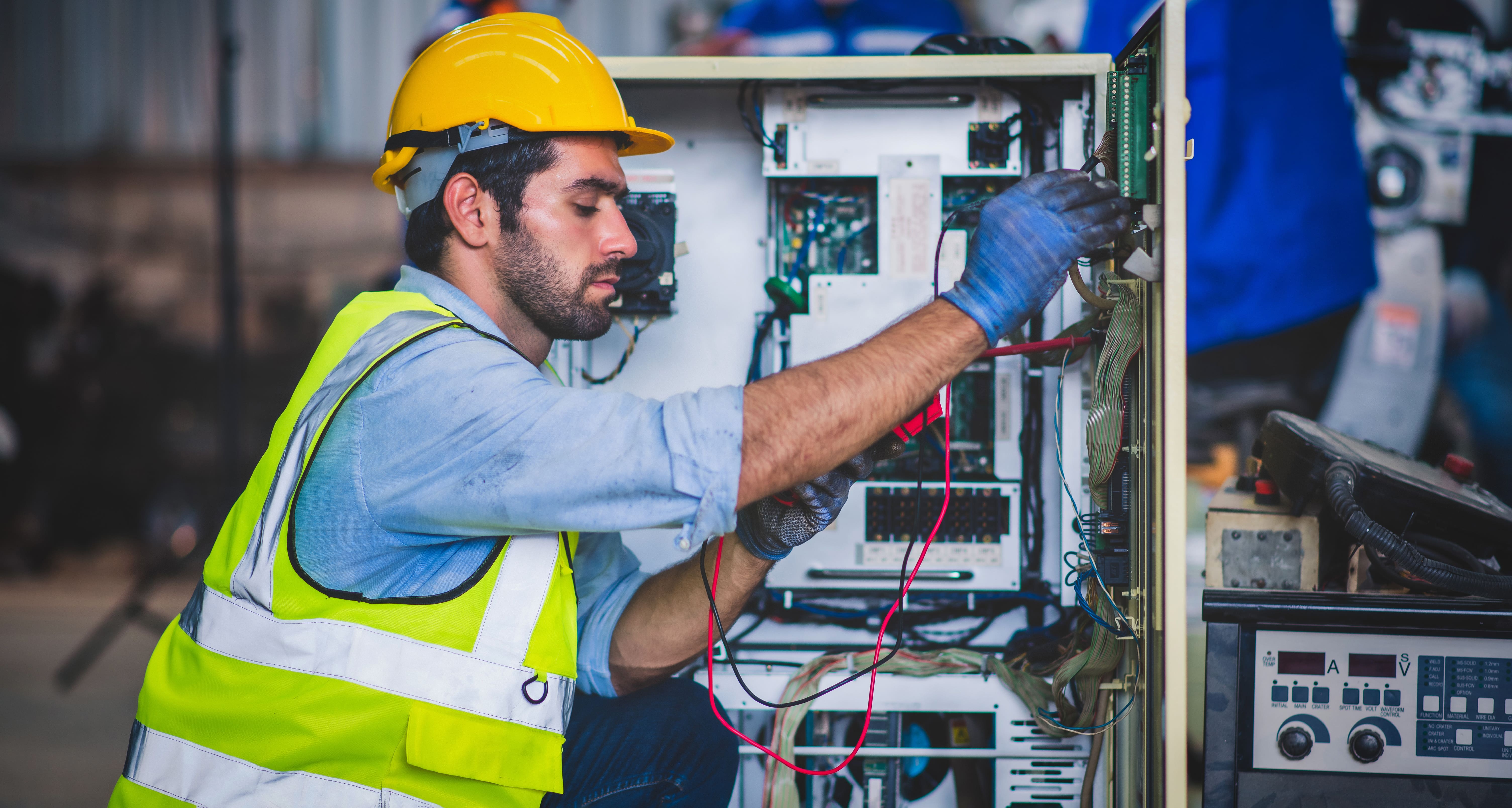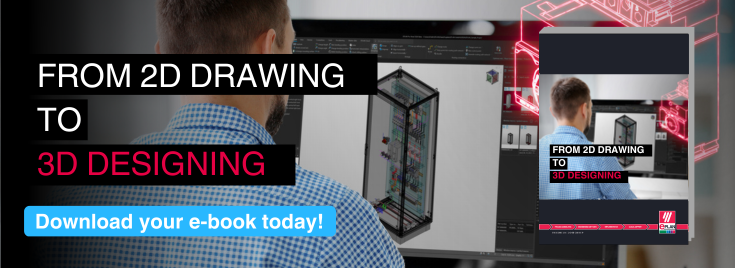Author
 Andrew Mutch
Having previously worked as an aircraft technician with HM Forces, Andy is one of our Professional Services Consultants and has been with EPLAN for 10 years. Part of Andy's role is to actively analyse customers processes, develop solution concepts and workflows for customer requirements. Andy is also our resident Harness expert!
Mutch.a@eplan.co.uk
Andrew Mutch auf LinkedIn
Andrew Mutch
Having previously worked as an aircraft technician with HM Forces, Andy is one of our Professional Services Consultants and has been with EPLAN for 10 years. Part of Andy's role is to actively analyse customers processes, develop solution concepts and workflows for customer requirements. Andy is also our resident Harness expert!
Mutch.a@eplan.co.uk
Andrew Mutch auf LinkedIn
How Does Digital Twin Technology Benefit Panel Builders?
In this article, we’ll explore the benefits of digital twin technology for panel builders.
1. A Better Quality Product
Digital twin technology for panel builders allows them to produce a superior final product. By integrating engineering and panel building within the scope of virtual prototyping, the expertise of the panel builder is brought directly in line with the customers’ needs. Early involvement of panel builders in the process enables them to apply their knowledge effectively, incorporating customer's proposed changes, leading to a more refined and functional product.
2. Advanced Visualisation That Eliminates Unwanted Surprises
The use of digital twin technology in virtual prototyping allows panel builders to present the customer with understandable 3D visualisations of the enclosure for approval much earlier in the development process. This replaces the traditional method of showing a finished product photo with a preview, allowing for customer feedback before construction commences. Early visualisation ensures that the final product aligns more closely with the customer’s expectations, reducing the risk of post-production surprises and disappointment.
3. Lower Costs Through Early Detection Of Errors
Digital twin technology significantly lowers costs by enabling the early detection and correction of design errors. Identifying and addressing these issues during the virtual prototyping stage is far less expensive than making changes on the shop floor. Also, virtual prototyping is quicker and more economical compared to traditional cabinet layout methods, offering substantial cost savings.
4. Accurate Documentation And Adaptability
Traditional panel building often struggles with documentation discrepancies, especially when last-minute changes are made. Digital twin technology overcomes this issue: as the 3D model of the cabinet can be easily modified, there is less need for adjustments during the actual build. This ensures that the final documentation perfectly matches the constructed panel, providing the customer with an accurate, real-world representation of their product.
Find out more about EPLAN
To learn how EPLAN can help your electrical design engineers, please download our free guide or call us on 01709 704100 to chat to our team.




Comments